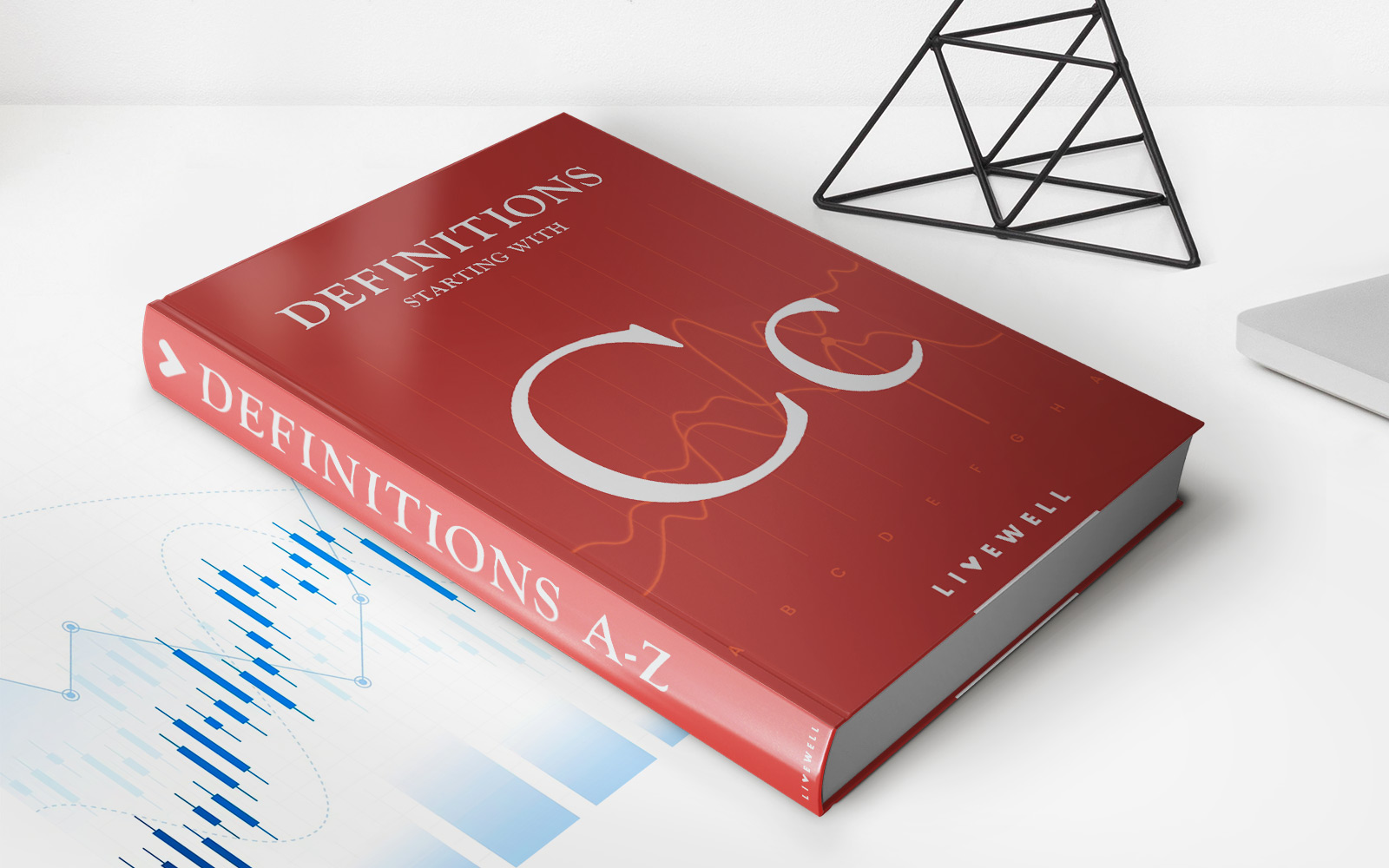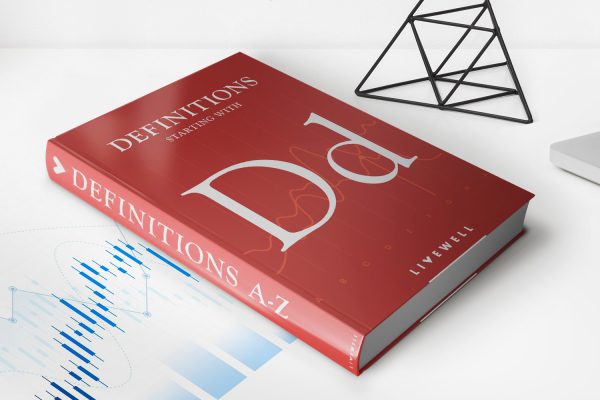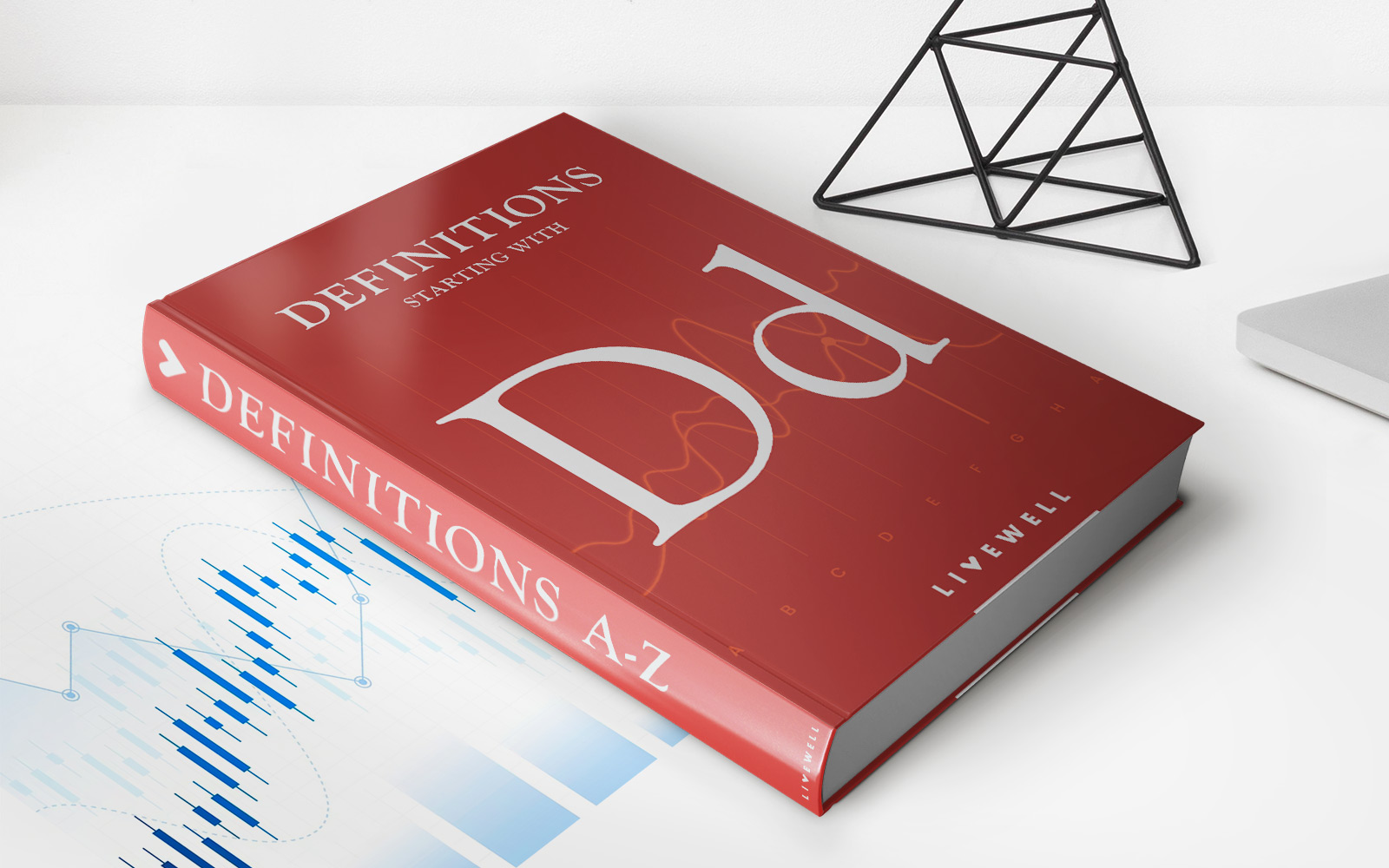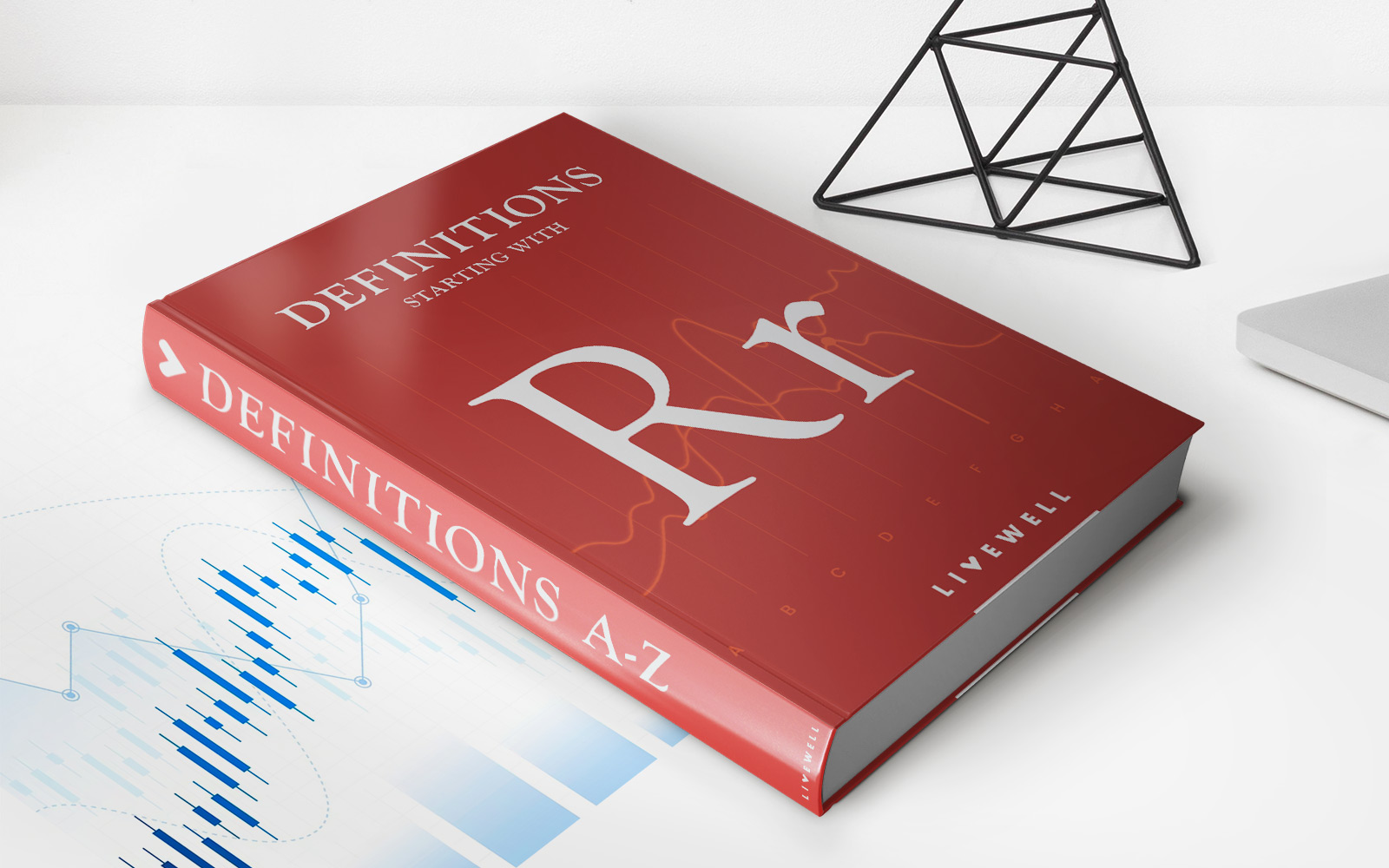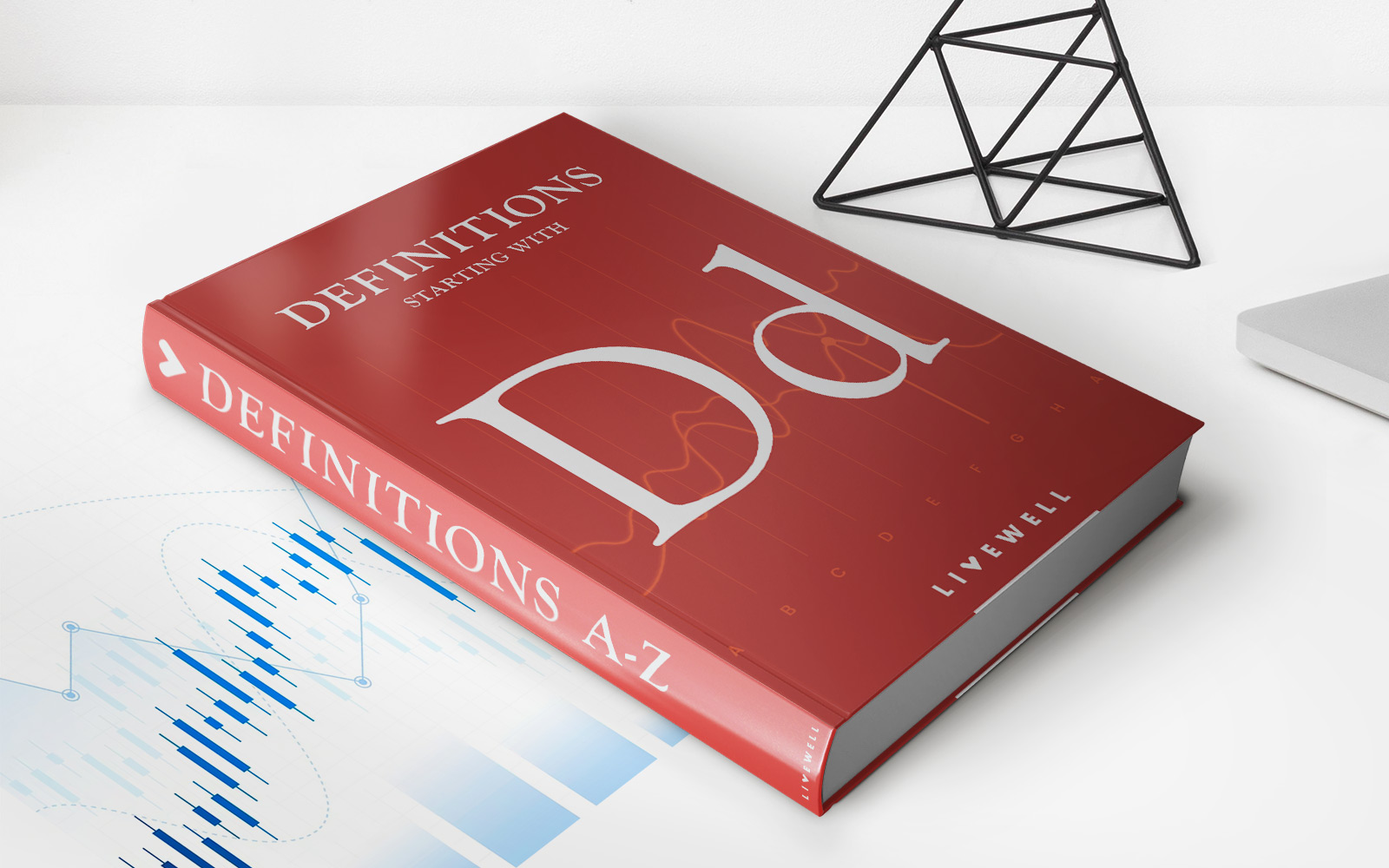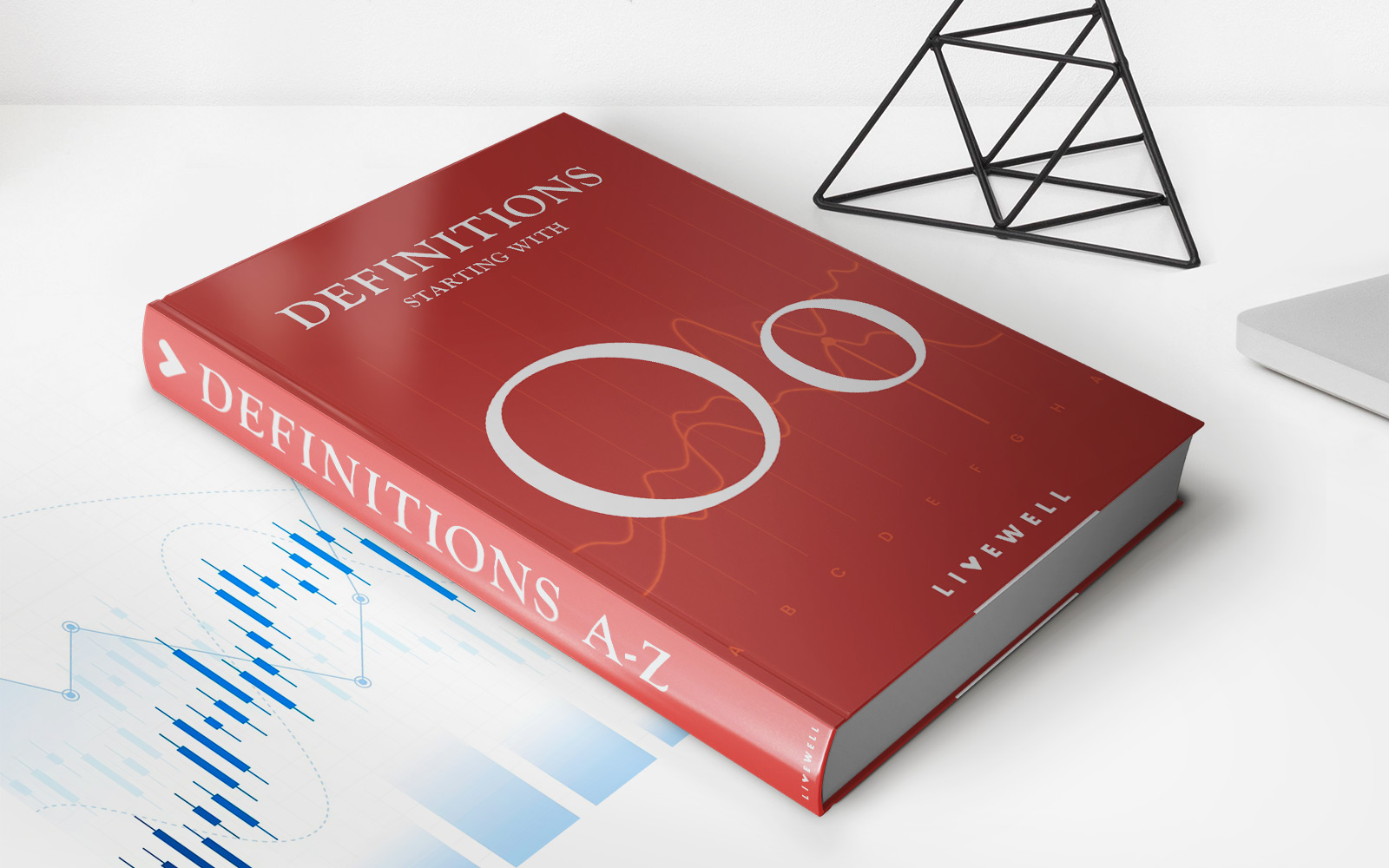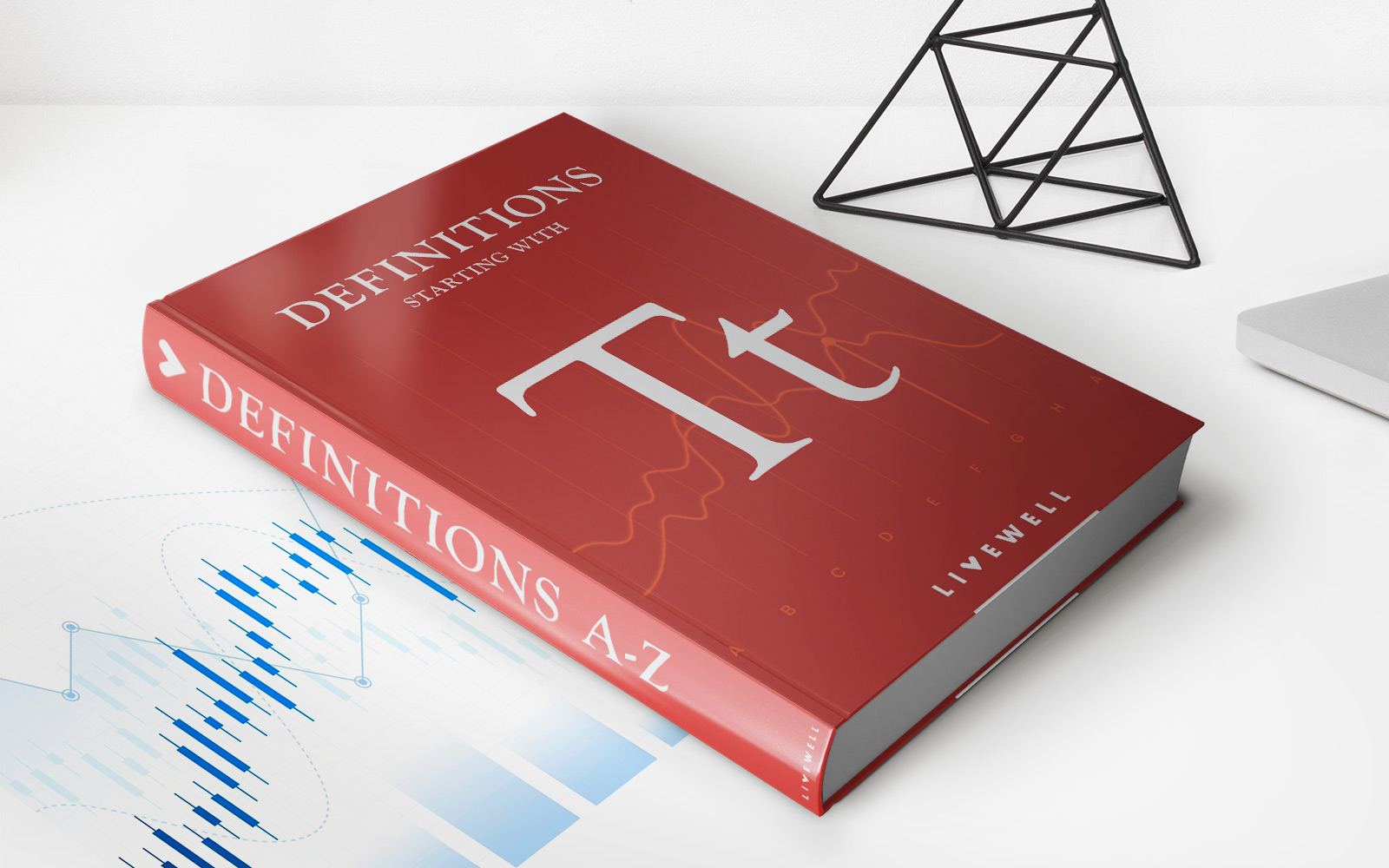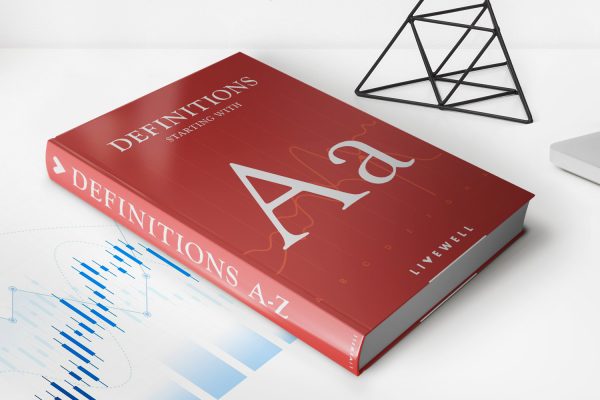Home>Finance>Rounding Top: Definition, Components, Pattern Example, Trading
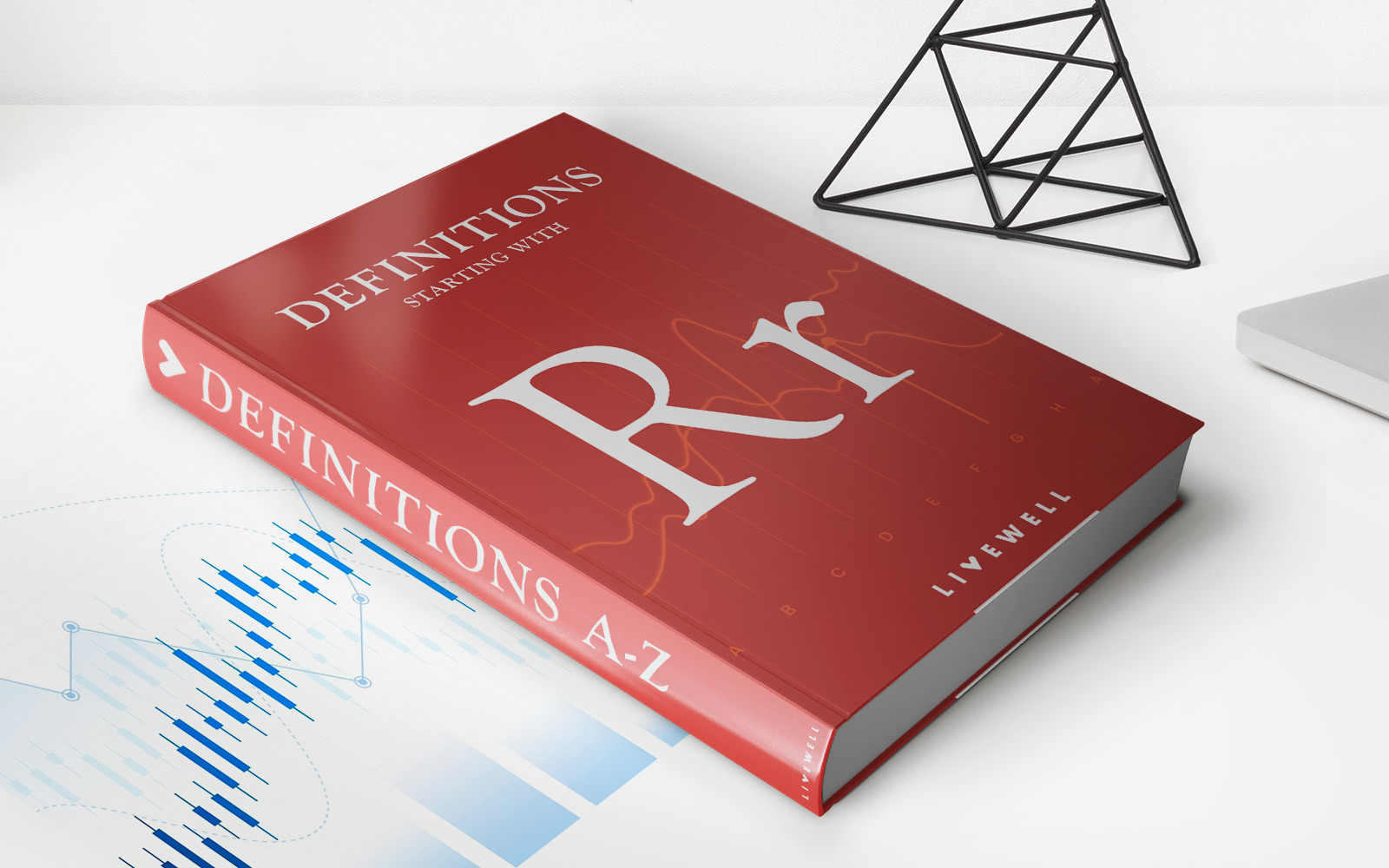

Finance
Rounding Top: Definition, Components, Pattern Example, Trading
Published: January 22, 2024
Learn about the finance concept of rounding top, including its definition, components, pattern examples, and trading strategies.
(Many of the links in this article redirect to a specific reviewed product. Your purchase of these products through affiliate links helps to generate commission for LiveWell, at no extra cost. Learn more)
Rounding Top: Definition, Components, Pattern Example, Trading
When it comes to technical analysis in the world of finance, one pattern that traders often look for is the rounding top. But what exactly is a rounding top, and how can it be used in trading? In this blog post, we will explore the definition of a rounding top, its components, provide an example of the pattern, and discuss its relevance in the world of trading.
Key Takeaways:
- A rounding top is a chart pattern that indicates a potential reversal in an uptrend.
- It is characterized by a gradual upward movement followed by a rounded peak and a subsequent decline in prices.
Definition of a Rounding Top
A rounding top, also known as a “topping pattern,” is a technical chart pattern that suggests a potential reversal in an uptrend. It occurs when an asset’s price gradually rises, reaches a peak in the form of a rounded or dome-like shape, and then starts a downward descent. This pattern may indicate a shift in investor sentiment from bullish to bearish, signaling a potential opportunity for traders to take action.
Components of a Rounding Top
To identify a rounding top pattern, traders look for the following components:
- Gradual Uptrend: The chart shows a series of higher highs and higher lows, indicating an upward momentum in the asset’s price.
- Rounded Peak: The price action reaches a peak and forms a rounded or dome-like shape. This peak indicates that buying pressure is diminishing, potentially signaling a reversal.
- Downward Descent: After the rounded peak is formed, the price starts to decline, breaking the previous pattern of higher highs and higher lows.
It’s important to note that while a rounding top pattern may suggest a reversal, it is not a guarantee. Traders should consider other technical indicators and confirmatory signals before entering into a trade based on this pattern.
Rounding Top Pattern Example
Let’s take a closer look at a hypothetical example of a rounding top pattern:
Imagine that XYZ stock has been steadily rising over the past few months. The stock price has been on an upward trend, forming a series of higher highs and higher lows. However, as the price continues to climb, it reaches a rounded peak, where the buying pressure starts to diminish.
Following the rounded peak, the stock price starts to decline, breaking the previous pattern of higher highs and higher lows. This could be an indication that the bullish trend is losing momentum and a potential reversal may occur.
Trading with a Rounding Top
Trading with a rounding top pattern requires careful analysis and consideration. Here are a few strategies that traders may use:
- Short Position: Traders who anticipate a reversal in the uptrend may consider opening a short position, aiming to profit from a decline in prices.
- Confirmation: It’s crucial to wait for confirmatory signals before entering a trade solely based on a rounding top pattern. This can include additional technical indicators, such as volume analysis or other chart patterns.
- Stop Loss: Implementing a stop-loss order can help limit potential losses if the pattern does not play out as expected.
As with any trading strategy, it’s essential to manage risk and conduct thorough research before making any investment decisions. The rounding top pattern is just one tool in a trader’s arsenal and should be used in conjunction with other analysis techniques.
In conclusion, the rounding top is a chart pattern that can potentially signal a reversal in an uptrend. By understanding its definition, components, and how it can be traded, traders can gain insights into market behavior and make informed decisions. Remember, success in trading requires a combination of analysis, risk management, and disciplined execution.

